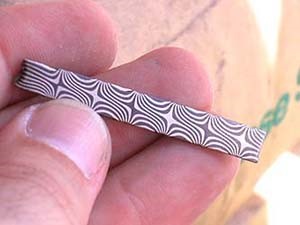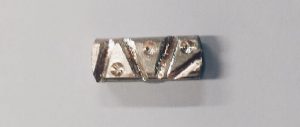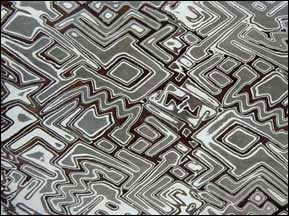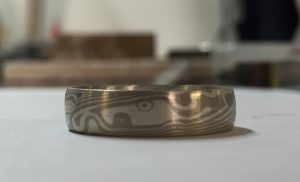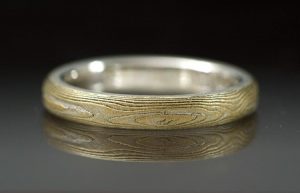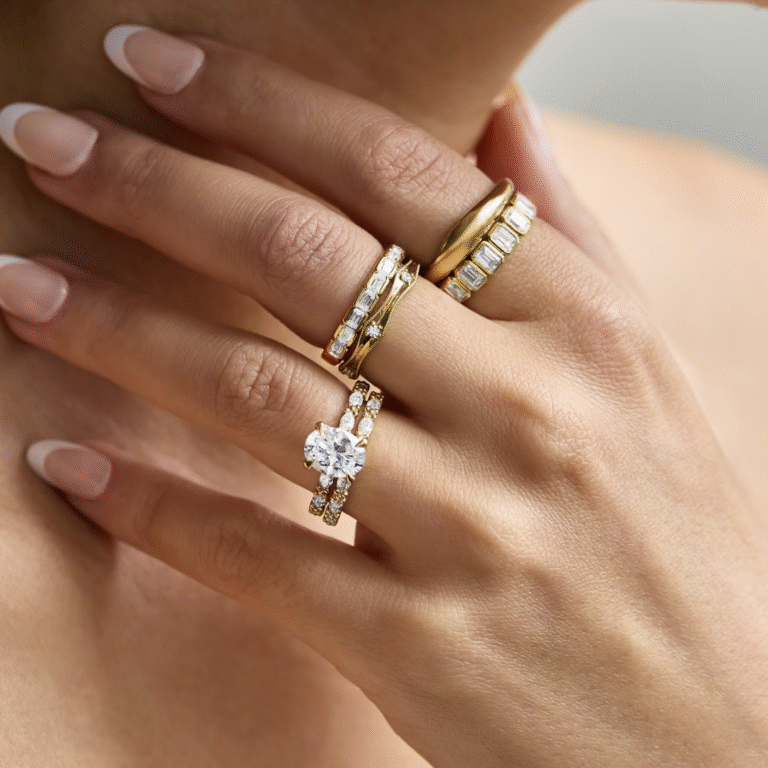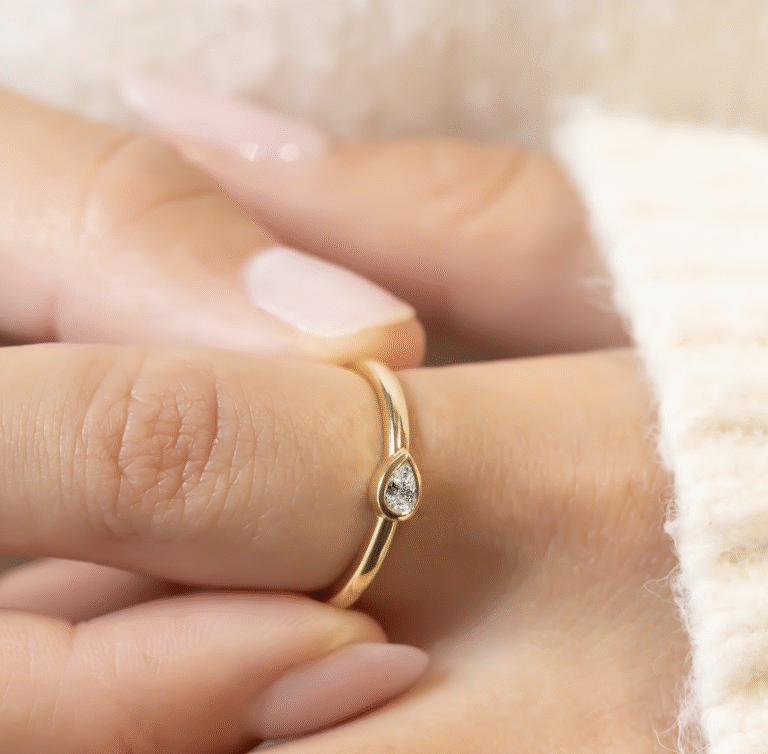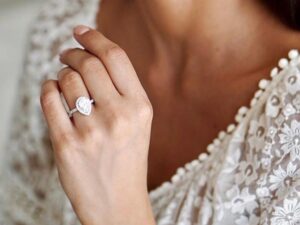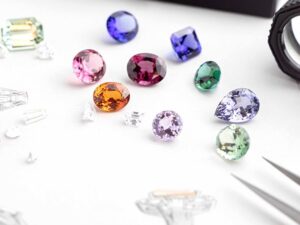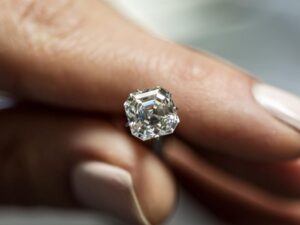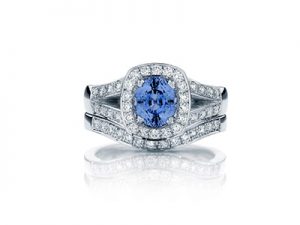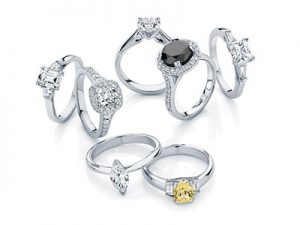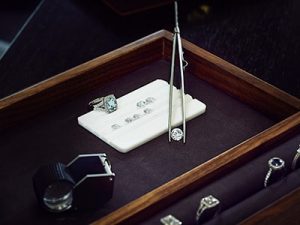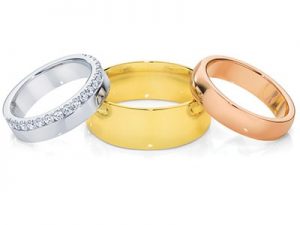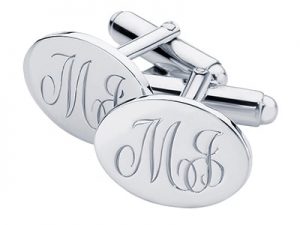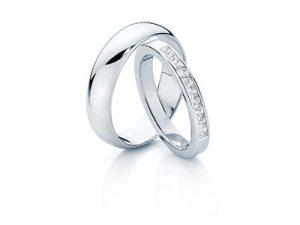Mokume Gane
April 8, 2016 / Jewellery Buying Guide, Men’s Jewellery, Wedding Rings
There is a rapidly emerging trend in wedding rings at the moment, an intriguing and versatile metal called Mokume Gane. This is a product made by fusing several layers of different coloured precious metals together to form a sandwich of alloys called a billet. The billet is then manipulated in such a way that a pattern resembling wood grain emerges over the surface. It’s like rock candy art for jewellers who are able to employ a wide range of skills to create beautiful and complex designs.
Mokume Gane can be used for engagement rings but is more often used for wedding rings, click here for some design inspiration!
There are many ways of working the mokume metal to create different patterns. Once the metal has been rolled in to sheet metal or bar, several techniques are used to produce a variety of effects. Below are some of the methods used and the patterns they result in.
Twisting:
Starting with a bar of metal, a uniform twist will create a repeating pattern. The metal is twisted quite tightly so it starts to resemble a round rod. One side is then filed flat almost halfway through the cross-section of the bar so that the different coloured layers are exposed. Finally, the bar is rolled flat to ensure the thickness is consistent. With careful measuring and precise soldering, the join can be placed within the pattern making it almost disappear, the pattern then appears to repeat uninterrupted around the finger.
Stock Removal:
This process involves using a combination of drills, burrs and grinding wheels to create gouges and craters through the layers of metal. The bar or plate is then rolled, forcing the metal around the removed sections to distort and flatten bringing the pattern to the surface. This technique often gives the appearance of bullseyes or water ripples.
Forging and Filing:
Here a jeweller will strike the metal with different shaped tools such as a ball peen hammer or doming punch to compress sections making the individual layers thinner. The surface is then filed away cutting through the layers and revealing the pattern surrounding the compressed shapes. In larger scale production, a die press can be used to stamp in a repeating pattern before the surface is ground down. This means large sections of plate can be given a complex pattern such as the geometric one below.
The most interesting patterns however tend to come from using a combination of all of the above techniques. This gives the mokume its most desired organic looking pattern which often resembles wood grain. The piece below has been patterned using twisting, stock removal, forging and filing.
The surface of the finished product can be treated further using a process called etching. Typically, nitric acid is used to etch away the silver giving the pattern recessed channels, this surface creates a driftwood-like texture to the metal.
Image: christophertaylortimberlake.com
Click here to view our range of engagement rings in Sydney, engagement rings in Melbourne, and engagement rings in Brisbane.
